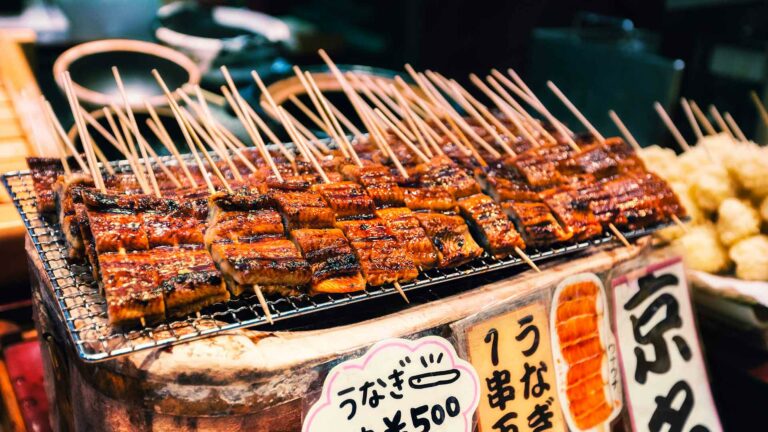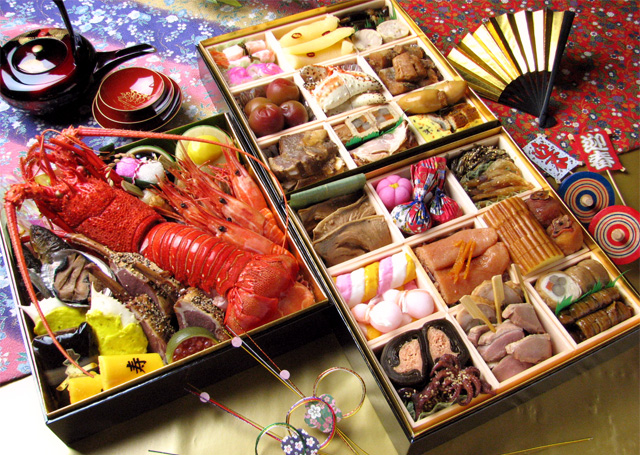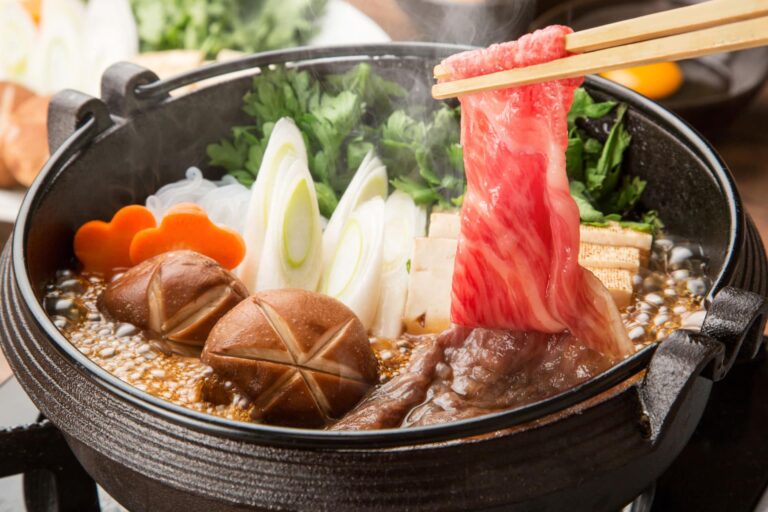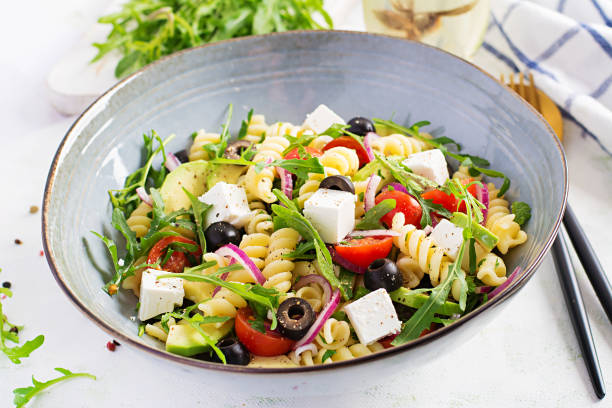Coffee in Japan

In Japan, tea is traditionally the most important hot drink. Tea is art, lifestyle and Japanese culture when you think of the deep-rooted Japanese tea ceremony. The most popular drink in Japan is green tea. Green Matcha tea, which has already found its first fans here in Germany, is particularly popular. But there is coffee in Japan. You can find it in the traditional kissaten, the special café houses in Japan.
Traditional coffee in Japan’s Kissaten
Originally, tea was consumed in the Kissats. The origin of the word “Kissaten” also means tea houses. Although coffee, like Europe, came to Japan in the early 17th century, it took a while for it to become popular with the broad middle class. Nowadays, drinking coffee in the Kissats is just as much a tradition as consuming the classic green tea.
It is all about one thing: staying and enjoying in an otherwise hectic time.
Preparing a classic coffee in Japan
Especially in the traditional Kissaten, the tasty coffee in Japan testifies to the high quality of the coffee beans and the craftsmanship of the Kissaten owners. Because many of them still roast by hand themselves. With the help of a cotton hand filter, the coffee is poured in portions directly above the cup. Today, unfortunately, the number of visitors to the Kissaten is steadily declining. The Japanese also want things to be faster and easier, especially in the big cities. The American chain Starbucks is considered “oshare” in Japan, meaning totally hip. Coffee, which you order at the counter in sometimes bizarre flavors and then get to-go in a paper cup, is becoming increasingly popular.
More soy milk and creative 3D latte art

In Japan, coffee is mainly drunk with soy milk. When it comes to the milk foam, the Japanese get very creative: baristas create unique faces, animals or manga characters from the milk foam. Recently, images or entire portraits have been printed directly onto the milk froth of cappuccino and co. using 3D printers.
If you fly to Japan, you should definitely plan a visit to a Kissat to immerse yourself in the world of traditional coffee culture in Japan – far away from coffee-to-go and hip flavors. Because coffee in Japan can be so beautiful. And so typically Japanese. A cappuccino with your favorite 3D motif on it is of course a must. A visit to a traditional tea ceremony is of course also a good idea. But don’t forget: slurp loudly when you drink the tea from the bowl.






